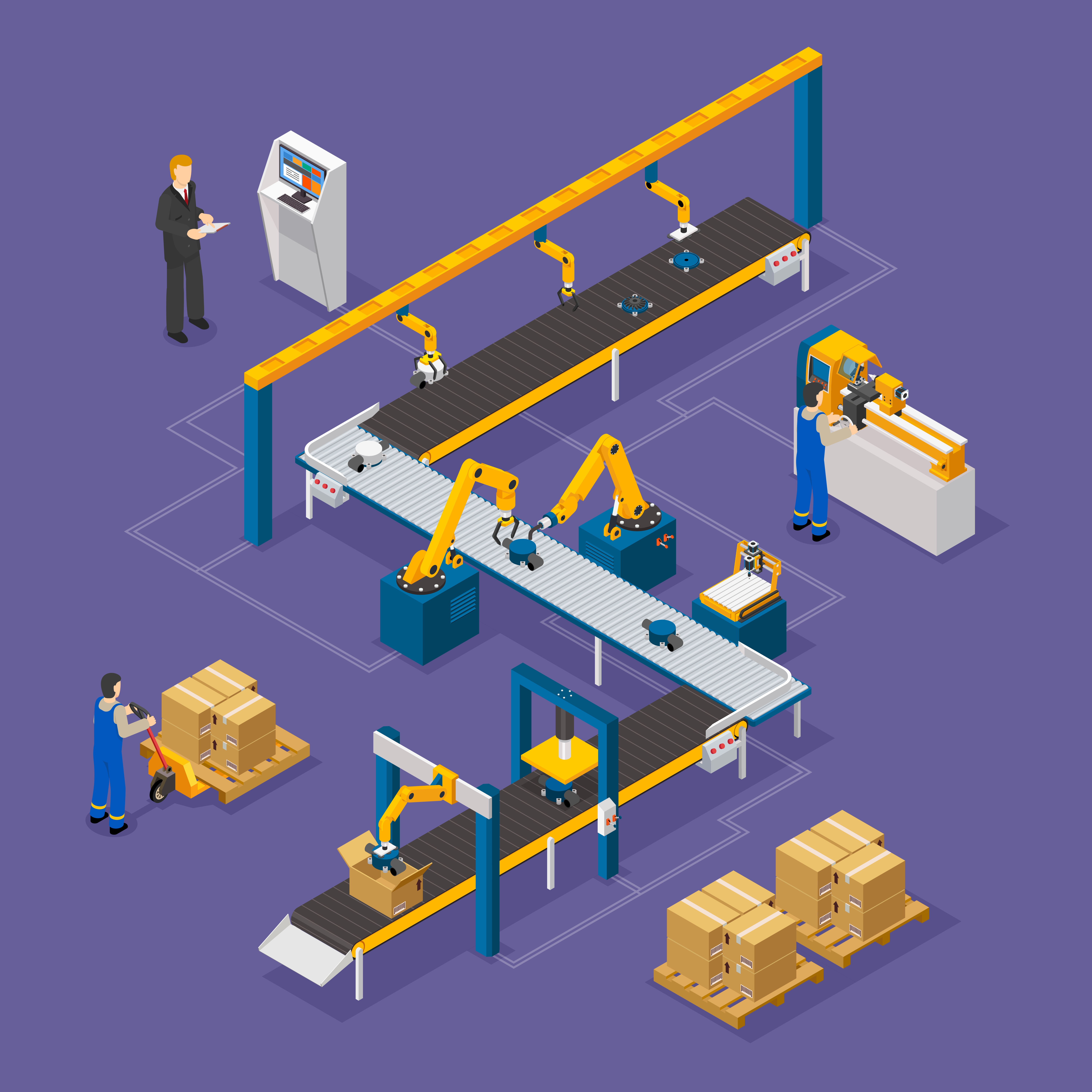Improving supply chain visibility, forecasting and maintenance with data
Digital Technologies are accelerating rapidly; increasing the volume of data we generate and changing the way businesses collect, store and use data. In the manufacturing and transport industries, mobile phone network data, vehicle GPS data, public transport ticketing (e.g. oyster) and database systems are just a few of the wide and varied sources of data that organizations have access to. Each piece of data is a potential key to unlock insights that can improve operational efficiency, increase flexibility, reduce costs and improve customer experience. But without the tools to structure, unify and organize that data, it is worthless. Now, the challenge is on: to maximize the opportunities presented by this data.
In this blog, we will discuss three data trends which are driving the manufacturing and transport industry; the increasing need for better insight into supply chain visibility, automated demand forecasting and inventory management, and predictive maintenance.
1. Access to supply chain visibility
Transportation businesses are seeking better access to supply chain visibility (SCV). An increase in ‘next day’ and even ‘same day’ delivery is putting pressure on the industry as customers expect to receive their orders sooner than ever before. Organizations must be prepared to fulfill more orders at a faster rate. Having better visibility of complex supply chains, means fewer disruptions, increased customer satisfaction and lower costs. Without it, businesses risk losing their competitive advantage. SCV and faster order fulfillment can be improved by eliminating data silos so that data is gathered in one place providing businesses with a full overview of their supply chain data, enabling better-informed decisions.
Real-time supply chain management can help organizations to use the most current data to support their planning. Unanticipated circumstances can cause interruptions which historical data cannot foresee. But real-time data gives real time solutions, and allows organizations to mitigate problems before they happen.
2. Automated demand forecasting and inventory management
In the manufacturing and transport industry, it is crucial to predict customer demand, and have complete visibility of the supply chain to allow better inventory control. Accurate inventory demand forecasting enables businesses to efficiently meet consumption requirements, minimizing excess stock, reducing both financial and physical waste.
However, it is not always easy to predict these trends and demands, especially when the amount of data these industries collect is accelerating. If you don’t collect your data properly and don’t have a single, unified source of data truth, some of your important data is going to be hidden away in silos. Failing to centralize this critical data can result in your business either incorrectly forecasting demand or supply chain dependencies.
Manufacturing demand forecasting relies on past-data, current conditions, and future predictions to help ensure business goals and strategies are aligned and on target. That is why adopting a more data-driven culture is extremely important. This is when data management tools, such as cloud-based software come into play. These platforms collect data and report in real-time, providing a full picture of your business. For example, what is necessary to order, how long the parts will take to arrive, expected costs, customer buying habits and other important aspects.
3. Predictive maintenance
The IoT is transforming traditional factories into smart spaces. With new digital technologies, such as machine learning and artificial intelligence, it is easier and safer to store an accelerating amount of data.
The manufacturing and transport industries are using predictive maintenance to add significant value to production processes by increasing efficiency and reducing unplanned costs. Collecting the right data can help predict when maintenance is needed, not assumed. Predictive maintenance is used to gather and organize large amounts of historical data to provide more accuracy when further maintenance in their products and equipment are needed. Helping organizations to predict potential errors before they occur and giving managers the chance to make necessary adjustments, by highlighting the origin of the equipment failure.
The future of data in the manufacturing and transport industries
The challenge for the manufacturing and transport industry often lies in outdated or disparate systems, access to real-time insight, and the need for more flexibility and control. Kleene picks up the data topic for you. We combine all data sources in one place, translate them into one language, and organize everything to make it easier for your teams to work with. Kleene does this at pace, smoothly and with future-proofed technology.


